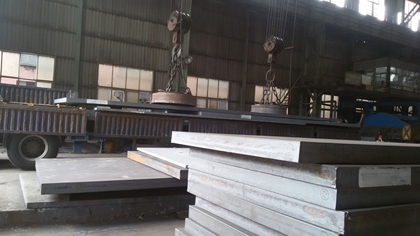
The most commonly used alloying elements in ASTM A572 Grade 50 low alloy steel are manganese, silicon, chromium and nickel. If corrosion resistance must be improved, copper is added to A572 Grade 50 steel. Such elements, except chromium and nickel, can increase the strength limit, make the plasticity slightly change and reduce the impact toughness.
The nickel content of ASTM A572 Grade 50 low alloy steel is not more than 1%. This element can not enhance the steel significantly, but has a good effect on plasticity and impact toughness, and can improve the brittle fracture resistance of steel. The content of nickel is often restricted by its scarcity.
Under the condition of multiple alloying, chromium can increase the strength of ASTM A572 Grade 50 low alloy steel and have a good effect on low temperature stability.
0.3% of copper is usually added in A572 Grade 50 low alloy steel. Under this content, copper can improve corrosion resistance and improve strength properties. In addition, such copper content has no adverse effect on the weldability of
A572 Grade 50 steel, and does not cause red brittleness.
The future efforts of ASTM A572 Grade 50 low alloy steel metallurgical workers will be to develop steel with high strength and good weldability and low temperature. A new type of steel can be made by using a small amount of boron, molybdenum, vanadium, niobium, titanium and other elements in a strict proportion of single alloying or multicomponent alloying.
Just like you, 70% customers choose long-term cooperation with BBN steel not only for our good product and service quality, good reputation in the international market, but also for our experienced one-stop raw material supply and further steel processing!
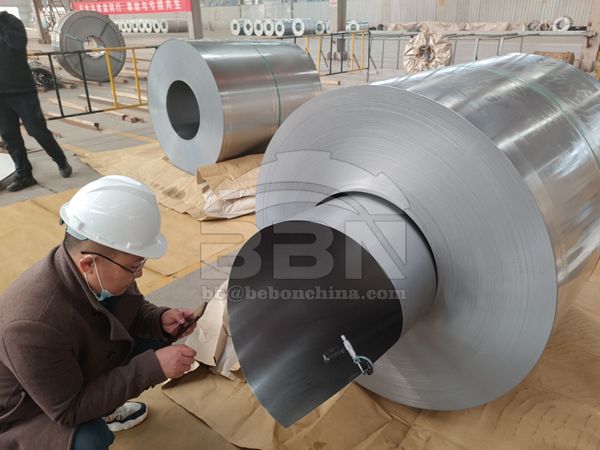
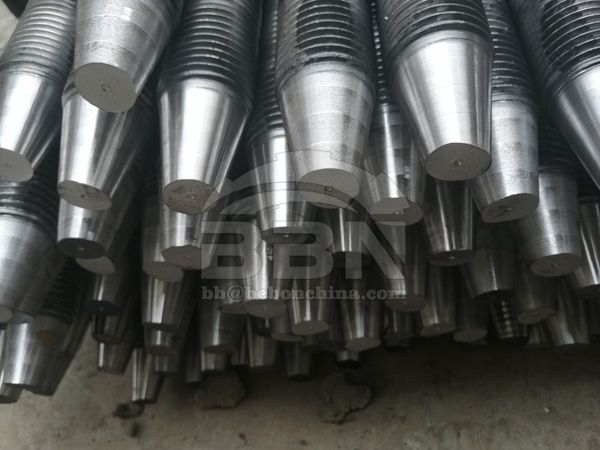
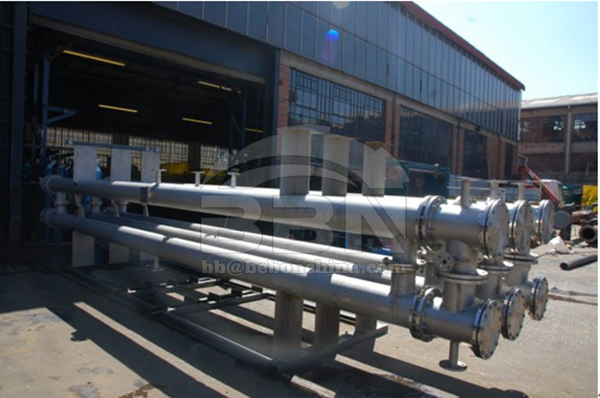
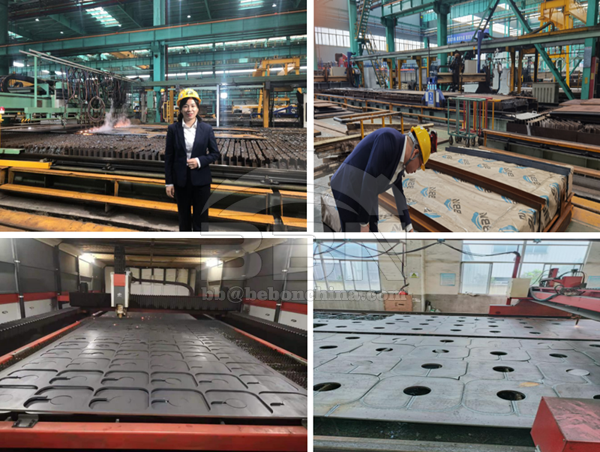

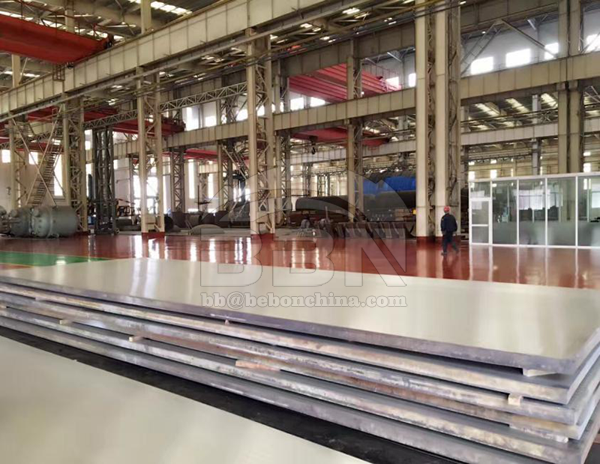

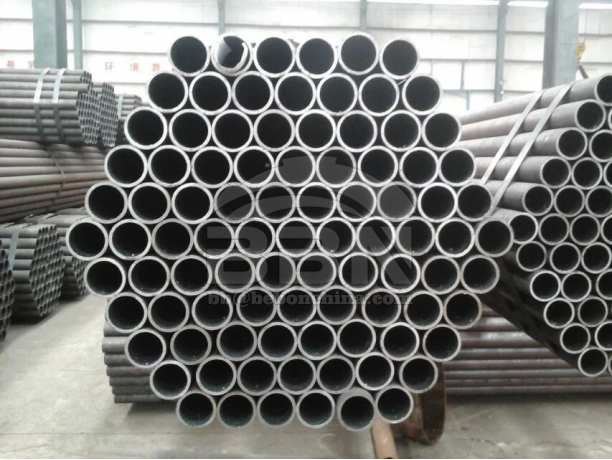
Henan BEBON Iron&Steel co.,ltd.